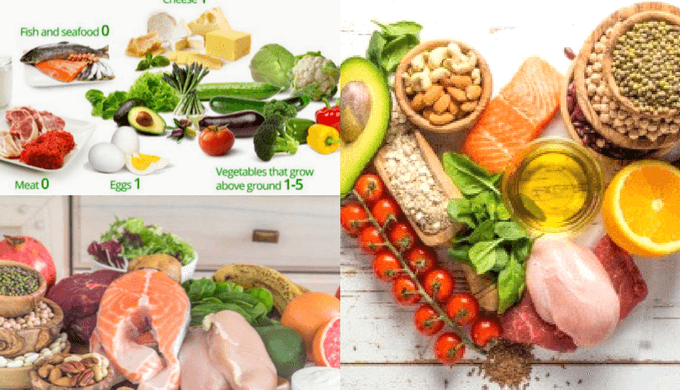

Fountain Valley Urgent Care Permanently Closed. We’re Here to Care for You at Our Other Locations.

The keto diet is one that encourages the consumption of generally unprocessed foods with a whopping 70+% of total calories from fats (rather than the recent crop of high protein/low carb diets, like Paleo and Primal). Carbs are limited but can be included up to 20 grams per day.
Why veer into the high fat territory? The benefits can be considerable: increased energy, less afternoon “brain fog,” unexpected weight loss, improved exercise capacity (especially underwater), and health benefits that include a reversal of diabetic numbers and reduced cancer risk.
Though the keto diet isn’t low protein, it’s not exactly high protein, either: too much protein can “throw you out of ketosis,” which is the state you want to be in.
Ketosis is a result of digesting fats as your main energy source instead of sugars and carbs. You are encouraged to eat more than a little healthy fat, as well as high-fiber vegetables (sometimes referred to as “fat delivery vehicles”).
Related Blog: How the Ketogenic Diet Can Affect Your Skin
Consider including the following foods:
Other vegetables can be included, but being naturally low calorie, should not be relied on to provide the main calories of any meal. The carb minus fiber equation is used to calculate the number of net carbs that are provided with each food. It"s important to keep the net carbs consumed at under 20 total grams. Using an app like MyFitnessPal can help make sure that your proportion of total calories from fat stays in the 70-80% range, and the carb portion in the 10% range.
Foods that are high in starch and carbohydrates, as well as factory raised protein sources, should be avoided whenever possible:
While some nuts are acceptable because they fall into the saturated fats category (e.g. macadamia nuts), the majority are omega-6 fat dense, and should be left out of your meal plan.
The keto diet supports an active lifestyle providing the body with the nutrients it needs to sustain long periods of activity. The high fat/low carb ratio gives the body what it needs to build strength and burn calories – it forces the body to create a secondary energy source (ketones) that fuel the brain and muscles. When used appropriately, a lower internal concentration of glucose (sugars) becomes the new norm, reducing symptoms of blood sugar yo-yoing (fatigue, irritability, brain fog), while reducing insulin secretion and diabetes risks, and “starving” micro cancer cells that use glucose as their primary fuel. Since ketones also suppress appetite, keto dieters often feel full for longer, and eat fewer calories than before they started.
Aside from possibly not feeling good (no single diet agrees with everyone), blood tests are critical to confirm tolerance of the keto diet. A small percentage of keto dieters will have their cholesterol numbers increase dramatically.
If you don’t have a regular doctor, you can contact one of our Family Care Centers in Fountain Valley, Irvine or Costa Mesa to get your blood tested, as well as to learn more about your diet options.
Share Your Valuable Thought